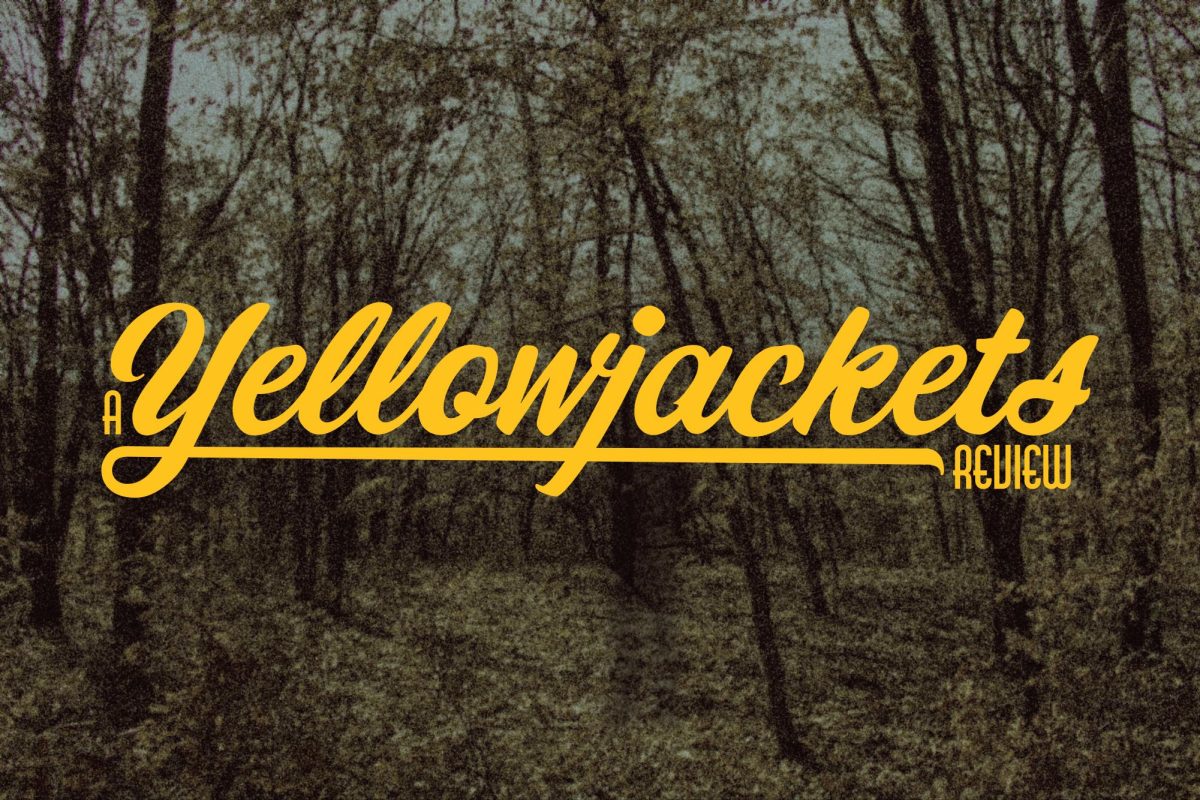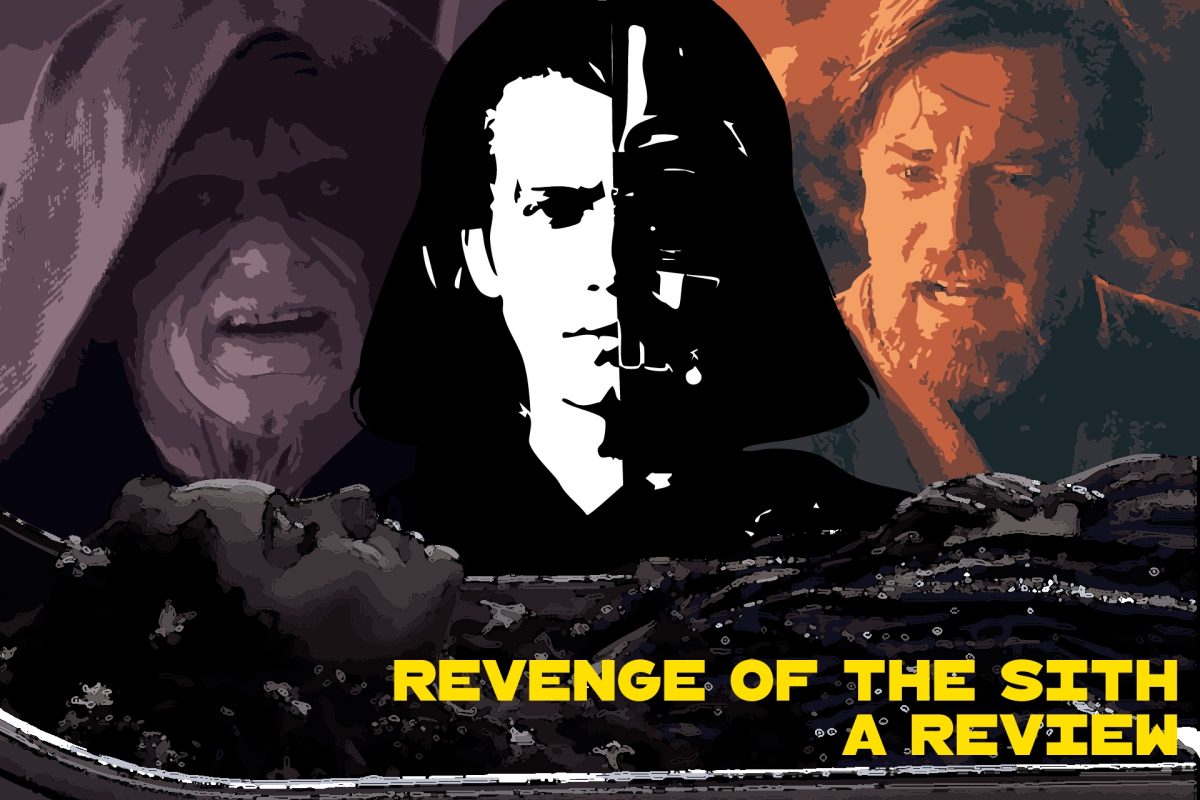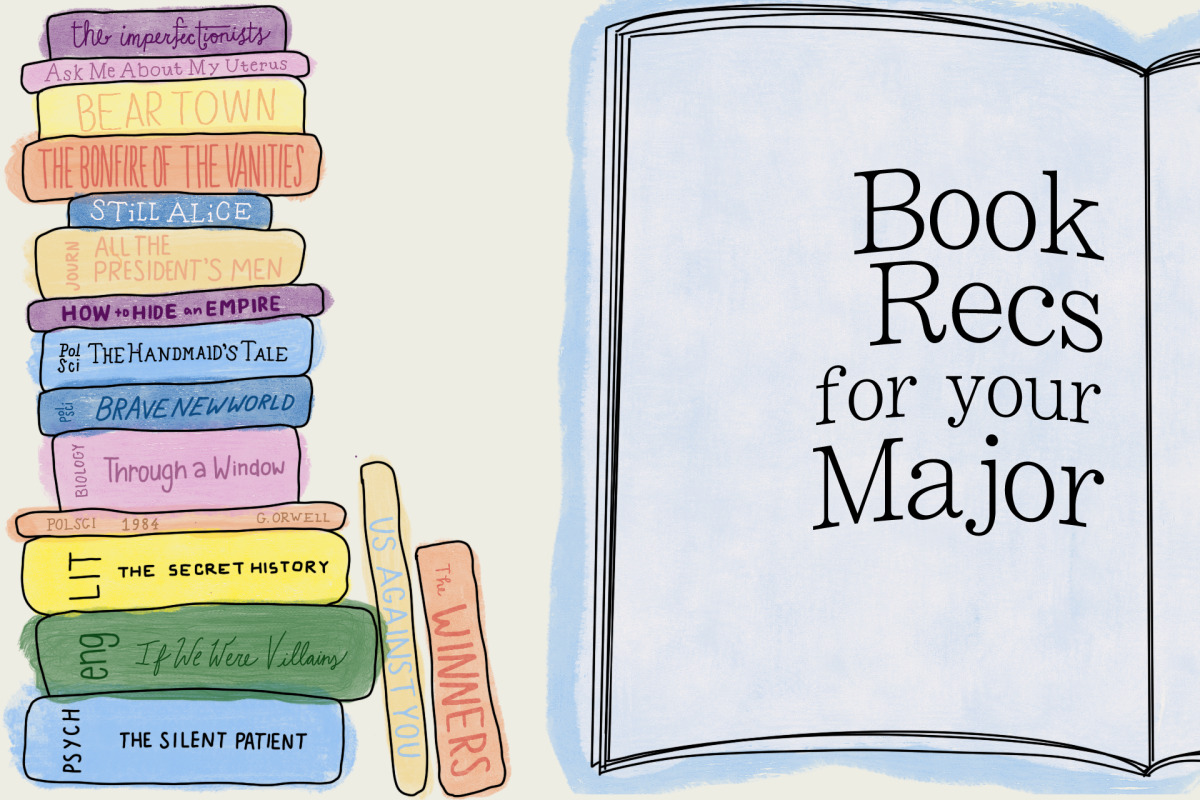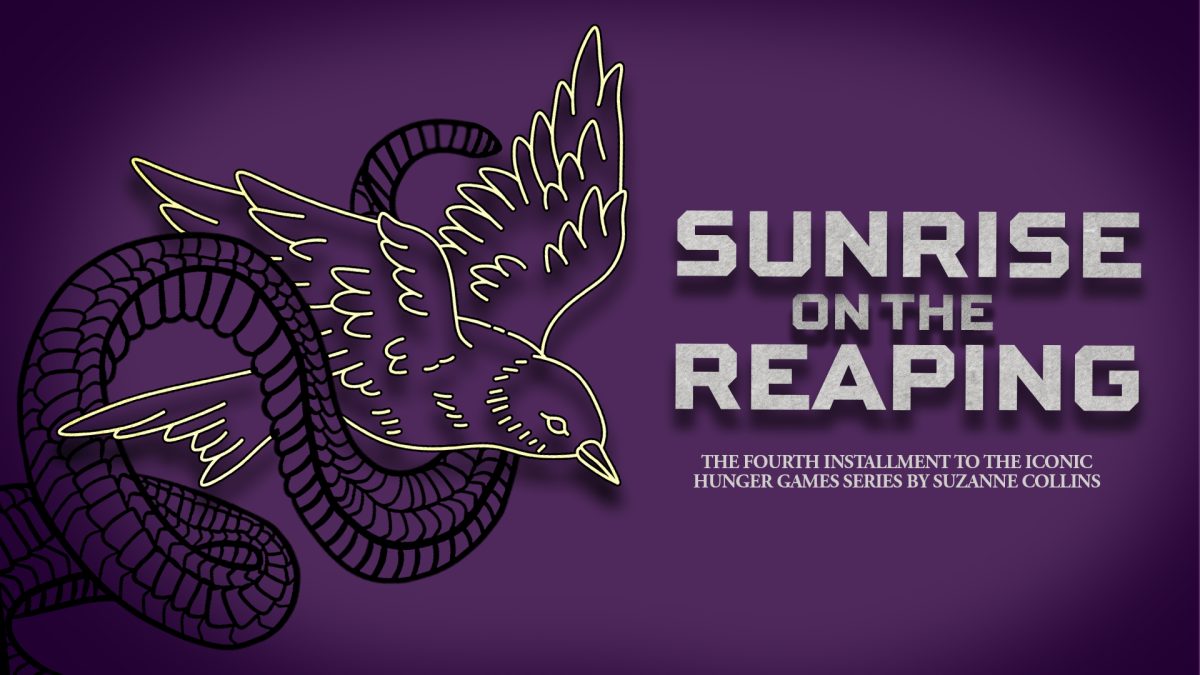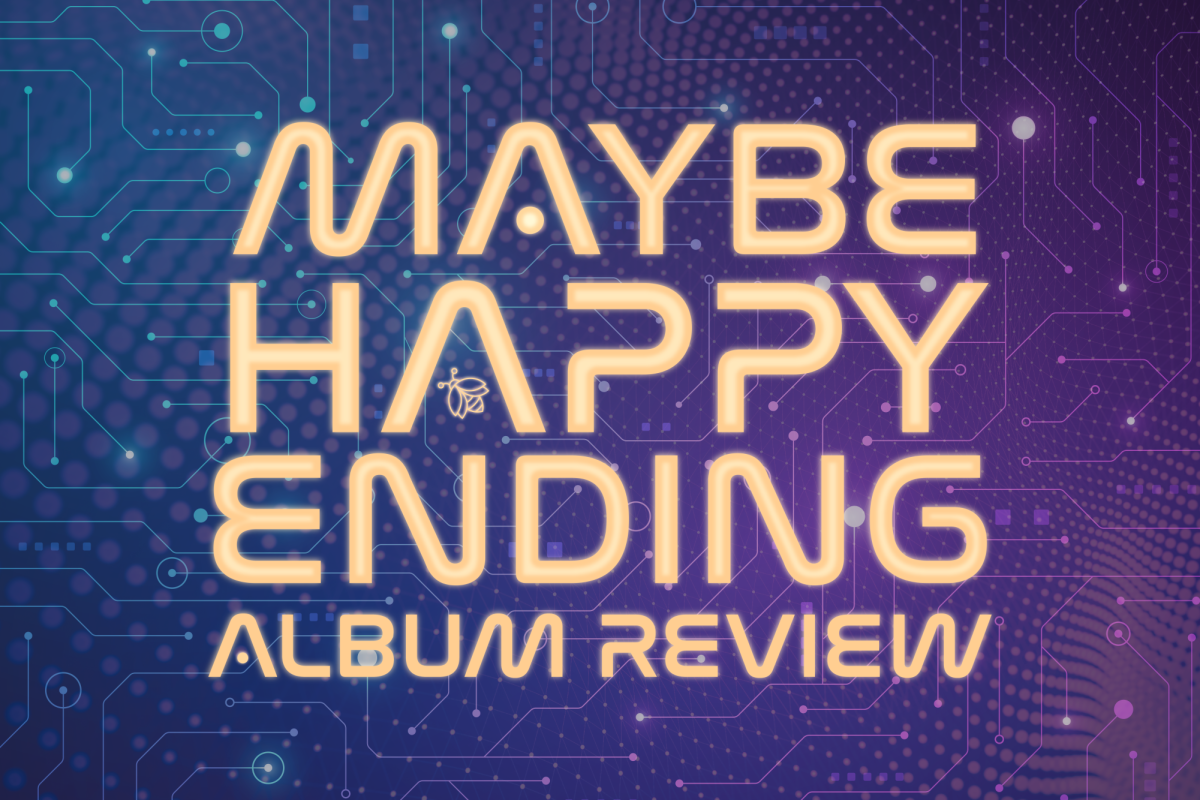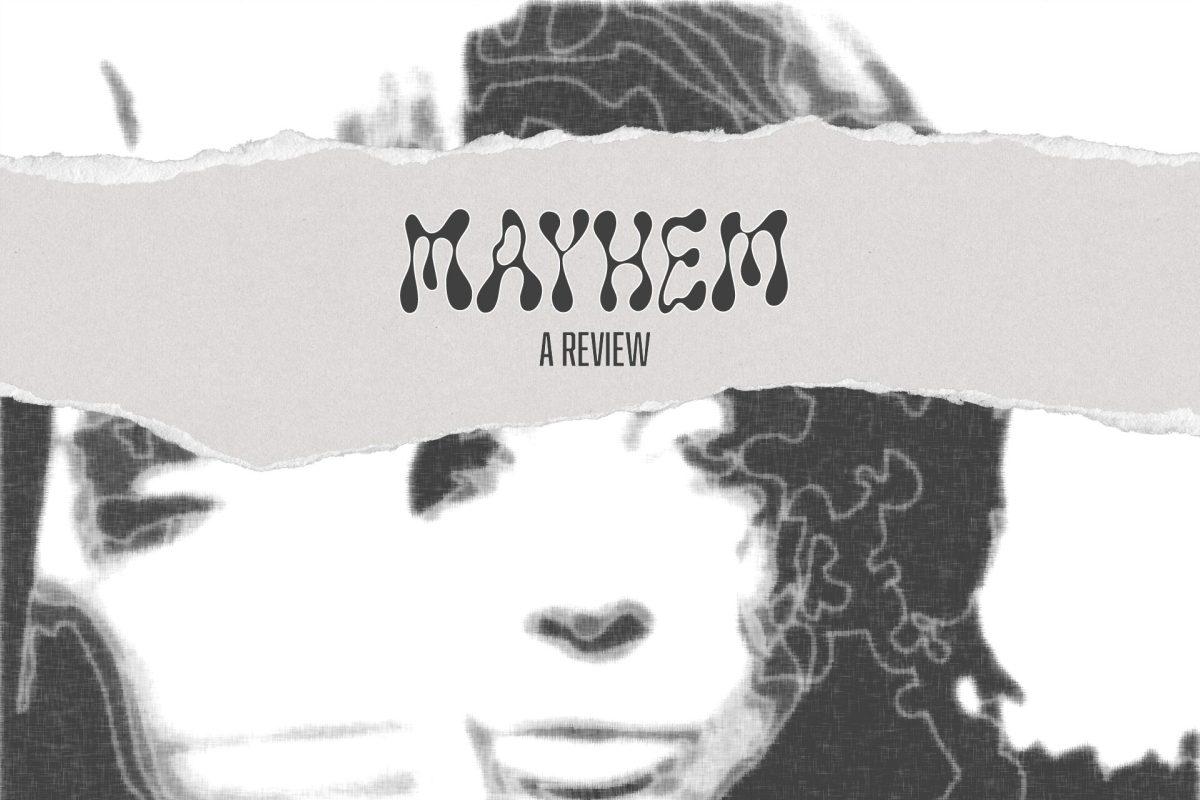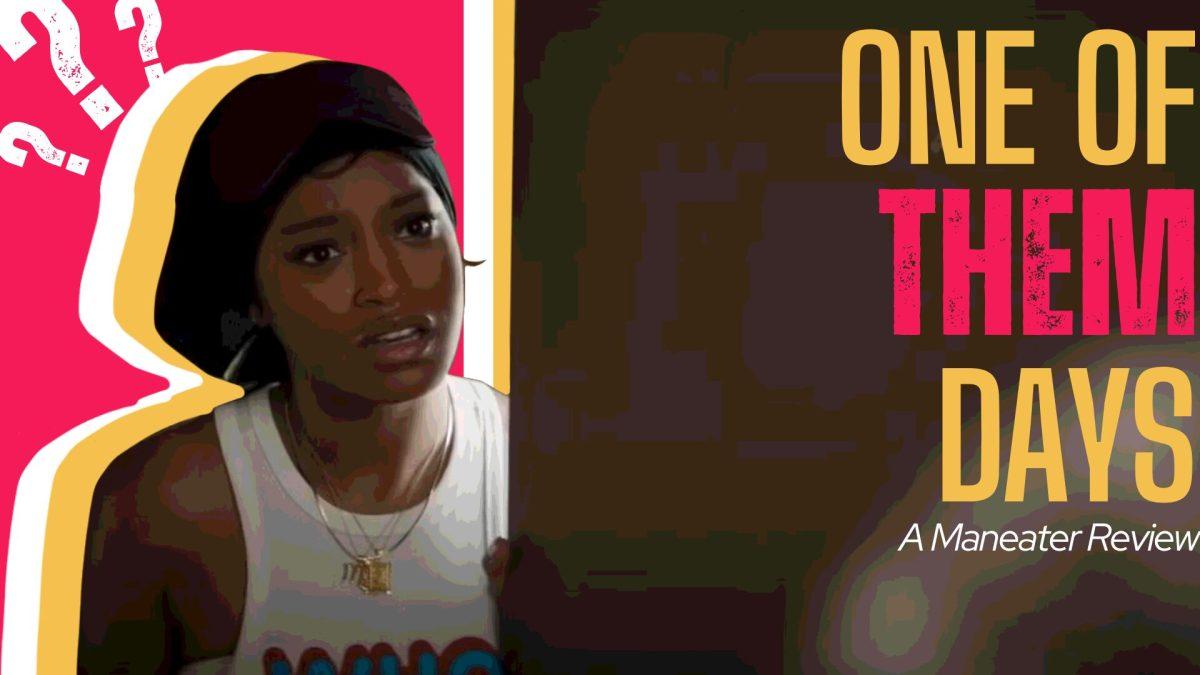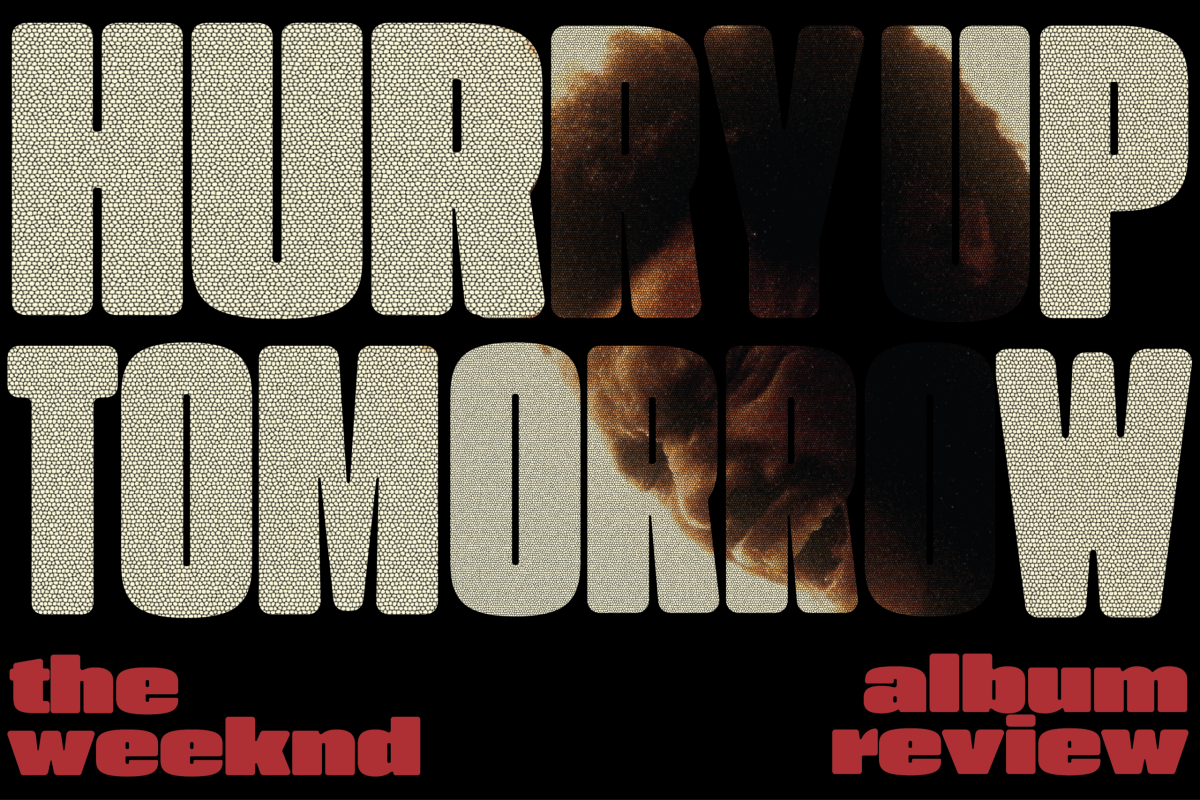Nyle DiMarco and Davis Guggenheim’s documentary about the eight-day protest at Gallaudet University brought the audience to tears at the True/False Film Fest
Over eight tumultuous days, students at Gallaudet University, a private college for the deaf and hard of hearing, shut down school operations after the board of trustees appointed another hearing president. At the time, in 1988, there had never been a deaf president of the university in its 124-year history.
The film follows the “Gallaudet four” — Jerry Covell, Bridgette Bourne-Firl, Tim Raurus and then student body president Greg Hlibok— who were prominent leaders in the effort to elect a deaf president. The interviews, spoken in American Sign Language were narrated over, along with subtitles displayed on the screen.
The scenes of the crowds of deaf and hard-of-hearing students protesting was like nothing I’d ever seen. Outside of The Mayflower Hotel — where the trustees had just made their decision — angered students’ arms were gesticulating about the crowd, everyone individually signing vigorously. Events accelerated when protesters heard then Board Chair Jane Spilman defend her decision, saying, “Deaf people are not ready to function in a hearing world.”
One of the interview subjects recounted wanting to yell, but asked, how do they yell in their language of ASL, at least in a way the hearing world will listen?
“Deaf President Now!” follows the students as they shut down the school, promising to keep it that way until four crucial demands are met: a deaf president must be appointed, Spilman must resign, the board must be made up of at least 51% deaf members and there must be no reprisals.
“We’d give up our soul in order to get a deaf president,” Covell said.
I found the sound design the most impressive element of “Deaf President Now!”
The sound department constantly switched between muffled, silent and completely clear audio very purposefully. Should we feel isolated? Included? A member of the “hearing world,” as they often call it in the film? Or the deaf one?
In one silent scene depicting leaves blowing across pavement, I felt like I could hear it in my head: rustling, crunching, howling wind.
I also appreciated the way the film explored generational changes in the way the deaf community sees themselves. One of the Gallaudet four’s grandparents would tell them that deaf people ought not to sign in public. As the community becomes more empowered, norms change; terms like ‘audist’ and ‘oralism’ are coined and deafness is embraced. In a powerful reenactment scene, Hlibok decides to take off his hearing aid moments before going live on national television to defend the cause.
“Deaf President Now!” even dove into the oralist and eugenic beliefs of Alexander Graham Bell and how his invention of the telephone was rooted in audism. “Those who believe as I do, that the production of a defective race of human beings would be a great calamity to the world, will examine carefully the causes that lead to the intermarriage of the deaf with the object of applying a remedy,” Bell said.
Covell, Bourne-Firl, Raurus and Hlibok detail their times in school, where their hands were smacked with rulers if they signed and they were forced to read lips, put on speaking plays and assimilate with hearing students.
A sequence I found the most compelling was during a meeting with Spilman and the students. When it became clear that their needs would not be met, a protester pulled the fire alarm. The loud ringing left Spilman unable to speak, as the interpreter couldn’t hear her and she knew no sign language. Ironically, she was rendered unable to be understood.
Another one depicted an extended video of Elizabeth Zinser — the elected, hearing president — speaking. Directors Nyle DiMarco and Davis Guggenheim drew the camera closer to her lips, though no sound played. This emphasized the ableist thinking that deaf people should resort to lip reading. I didn’t understand a single word she said.
One of the most heartwarming aspects of the film is the amount of love students have for their college despite it all. Throughout, it is referred to as “a mecca” and “a home.” One of the Gallaudet four said that “the light of the deaf community is Gallaudet.”
The 1988 protests caught national attention and led to real change for people with disabilities — most significantly, the Americans with Disabilities Act was passed two years later
“Deaf President Now!” is the second protest film I’ve seen in a row this True/False weekend and I feel more powerful than ever.
I tend to feel utterly powerless while reading the news, but after filling my thoughts with images and themes of empowerment, hope and connection during the festival, I feel a little more whole.
Audience members at The Blue Note were sniffling all around me, including my partner next to me, who is hard of hearing. The joy of the conclusion of “Deaf President Now!” was felt in the hearts of every viewer.
You can keep up with The Maneater’s 2025 True/False Film Fest coverage here.
Edited by Faith Jacoby | fjacoby@themaneater.com
Copy edited by Emma Short | eshort@themaneater.com
Edited by Annie Goodykoontz | agoodykoontz@themaneater.com



